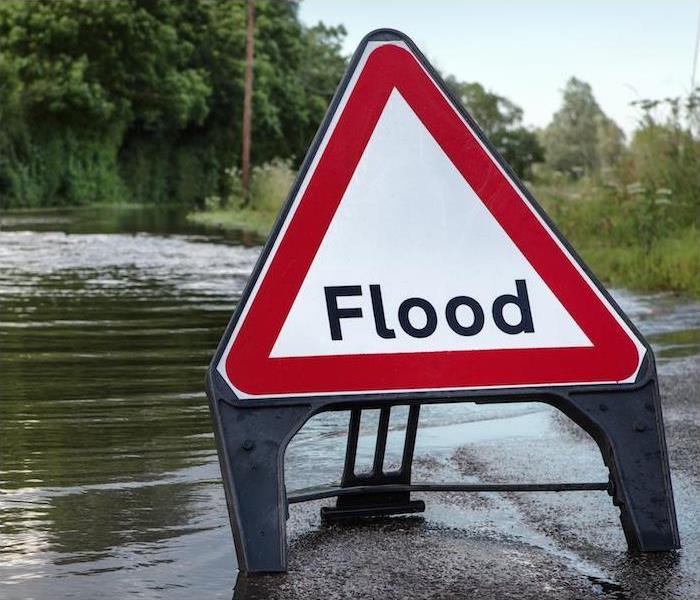3 Common Types of Flooding and Their Causes | SERVPRO® of Buffalo/Tonawanda
4/18/2022 (Permalink)
 Regardless of the cause of the flooding, SERVPRO of Buffalo Tonawanda has the team to help you recover from any disastrous event.
Regardless of the cause of the flooding, SERVPRO of Buffalo Tonawanda has the team to help you recover from any disastrous event.
There are many types of natural disasters that can impact an area—often it will be tornadoes, hurricanes or severe thunderstorms that come to mind. However, flooding is actually the most common type of natural disaster in the United States, and it is the deadliest, too.
Floods can cause destruction over large areas of land, and as such, it is important to be aware of how they start.
There are many ways that floods can occur, but most often, they have three common types and four main causes, which is what we will be looking into today.
3 Types of Flooding
Flash floods can come about rather quickly, as evidenced by the name. Flash flooding is typically caused by heavy rainfall, either in a short amount of time or in a rapid period, which accumulates too quickly to be efficiently drained away. Flash floods are extremely dangerous due to their rapid nature and have been known to carry away vehicles or people caught in their path.
River floods happen when a riverbank cannot contain the water within the river—this is common after heavy rainfall or in the spring when snow begins to melt. River floods occur when the river overflows, flooding the surrounding area.
Coastal floods occur in similar ways to river floods, just in coastal bodies of water. This often happens due to hurricanes, other storm surges or cyclonic activity, which can lead to the area against the coast becoming flooded as the tides rise.
The 4 Frequent Causes of Natural Flooding
Heavy rainfall. If there is a storm with a large amount of rainfall, flash flooding becomes highly likely. When water is not able to drain away, it can quickly lead to flash flooding—and this is especially a concern in urban areas where there is a large number of paved areas that prevent moisture from being absorbed by the ground.
Oceanic activity. When ocean tides rise rapidly, especially due to large storm systems or hurricanes, a coastal flood can often be the result.
Dams and levees failing. The failing of a dam or a levee is devastating, as many will recall from the aftermath of Hurricane Katrina in 2005. These structures can often fail due to poor infrastructure, or just a large volume of water that becomes too great for them to hold back.
Snowmelts and ice dams. Snow and ice accumulation throughout the winter can lead to a lot of melting when spring arrives, which is often a cause of flooding. In areas with rivers, this can be exacerbated by ice dams or ice jams blocking the river from flowing on its course, causing riverbanks to overflow.
Regardless of the cause of the flooding, SERVPRO has the tools and teams to help your home or business recover from its disastrous effects. Contact us anytime when flooding or water damage makes a mess in your life.






 24/7 Emergency Service
24/7 Emergency Service